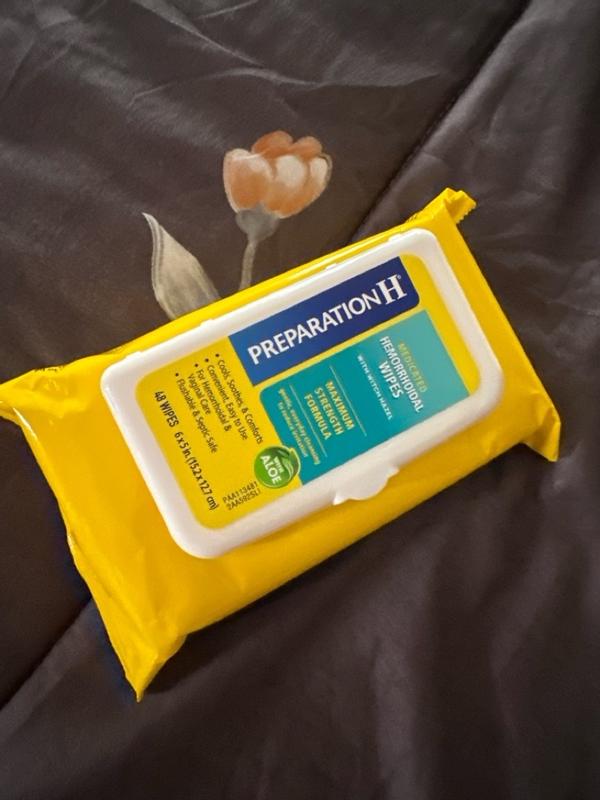Last Updated on July 30, 2024 by Dog Lover
How to Get Rid of Dog Pimples: 10 Effective Treatments Approved by Vets
Dog pimples, commonly known as canine acne, can affect pets, especially young dogs. As a pet owner, learning how to get rid of dog pimples is essential for maintaining your dog’s health and comfort.
This article highlights ten veterinarian-approved treatments that can help alleviate this condition effectively.
Understanding Canine Acne
Canine acne primarily affects the chin and muzzle areas of dogs. The condition often arises from folliculitis, an inflammation of the hair follicles.
In some instances, mild cases of dog acne resolve independently as puppies mature. However, underlying issues such as allergies, demodex mites, and hypothyroidism can complicate this condition.
A veterinarian can diagnose dog pimples based on physical examination and the dog’s medical history.

1. Switch to Ceramic or Stainless Steel Bowls
One simple way to prevent dog pimples is to replace plastic bowls with ceramic or stainless steel.
Plastic can retain bacteria and harbor germs in scratches.
Choosing the right bowl material can significantly minimize your dog’s acne flare-ups.
2. Clean Your Dog’s Face After Meals
Regularly washing your dog’s face after meals can help reduce the bacteria that lead to dog pimples. Use warm, soapy water and a soft cloth.
Gently clean their muzzle and chin, then dry it thoroughly.
3. Use Medicated Wipes
Medicated or cleansing wipes can provide deeper cleaning after your dog eats or plays.
Select wipes formulated for canine use, including antiseptic components like chlorhexidine, to combat skin infections effectively.

4. Topical Benzoyl Peroxide Treatments
Your vet may recommend topical benzoyl peroxide to treat dog pimples. This medication effectively clears clogged hair follicles.
Ensure you use products specifically intended for dogs to avoid adverse reactions.

5. Anti-Bacterial and Anti-Fungal Shampoos
If your dog’s acne is more widespread, your vet might suggest a medicated shampoo.
These shampoos can target multiple skin issues simultaneously. Follow the instructions closely for safe application.

6. Prescribed Oral or Topical Steroids
In persistent cases, vets may prescribe oral or topical steroids like prednisolone.
These medications effectively reduce inflammation but should be used carefully according to your vet’s guidance due to potential side effects.
7. Antifungal Treatments for Ringworm
If ringworm is causing acne-like bumps, antifungal treatments might be necessary.
Keep in mind that this condition can be contagious to humans, so taking preventative measures is crucial.

8. Antibiotics for Secondary Infections
Canine acne might lead to secondary bacterial infections. Your vet may prescribe antibiotics to combat these infections effectively.
Monitor your dog’s behavior closely for any signs of worsening symptoms.

9. Consider an Elimination Diet
Food allergies could also result in dog pimples.
If other potential causes are ruled out, your veterinarian may suggest an elimination diet to identify specific food sensitivities.
This process often includes monitoring your dog’s reactions to various foods.

10. Prevent Facial Trauma
Keeping your dog away from activities that may cause facial trauma can decrease acne development risk.
For instance, limit digging or rough play that might cause irritation in sensitive areas.
Conclusion
Dog pimples can arise from various causes, but many mild cases are self-limiting. Regular veterinary check-ups can help manage and treat ongoing issues effectively.
Monitoring your dog’s skin condition and addressing any changes quickly can prevent complications and maintain their well-being.
Always discuss your concerns with a veterinarian when it comes to your furry friend’s health.


















